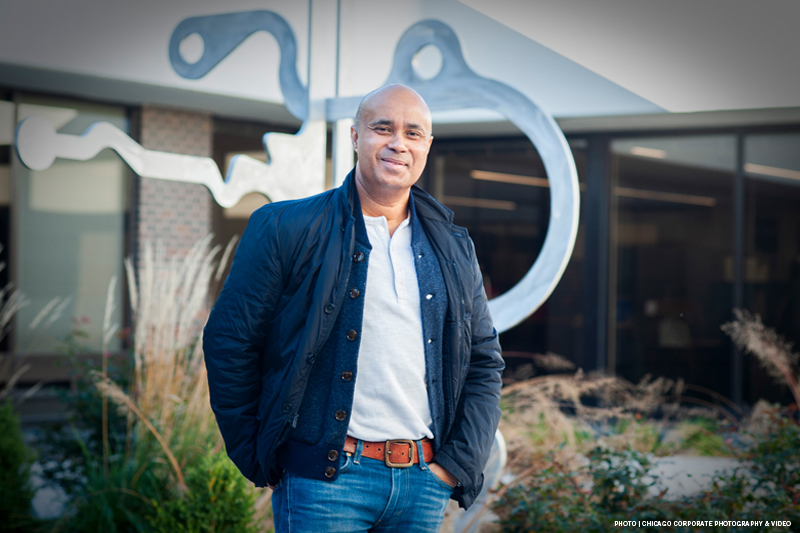Talent Development Leader
Know Where You’re Going
Whether a well-beaten trail or the road less traveled, the key to enjoying the journey is to carry a good map.
Tue Feb 13 2024

Shahid Najmi is the executive director of enterprise L&D for global auto parts manufacturer Tenneco. In recent years, the organization has adapted to massive growth, restructuring, and supply chain disruption, among other major changes in the automotive industry related to emerging technologies and innovative product releases.
But Najmi declares that as long as an organization has a clear sense of purpose and understanding of its culture and values, change won’t become a roadblock to high performance. During the pandemic, he watched many companies boost their investment in change management—but he believes that may have been a misstep.
Change management or culture shift?
“The idea of change management—the word change management—can be misleading. It moves the ownership of responding to change away from organizational leadership and culture and gives responsibility over to a specific department or function,” he says. “If the organization clearly articulates its long-term vision and purpose and has its people live the values and culture of the company, change doesn’t have to be an obstacle.”
Najmi offers the analogy of horseback riding. He explains that if the rider doesn’t know how to move or balance with the gait of the horse, they or the horse will have less of an enjoyable experience. But if the rider is in rhythm with the horse, they can “easily change direction and enjoy the ride.” In that scenario, the organization is the horse, its workforce is the rider, and culture is the gait and rhythm.
“The culture is how we work and interact with each other. And culture survives if and only if driven top-down. Leaders need to understand, align, and role model the core values and expected behaviors. If leaders and team members do that, they can quickly adapt and adjust to changes happening outside the organization because the talent working inside are in sync.”
A key factor to the mindset is a good sense of company direction, which comes from a set purpose and vision. “Let’s say you and I have to be in New York City to attend a conference,” Najmi states. “We may have different ways of getting there. I drive; you take the train. But as long as we both know our destination, have clear directions, and know what time we have to be there, we will get where we need to be.”
That approach is about “making the organization agile internally instead of trying to bend and twist in a reactive way to change,” Najmi notes. “And even if you are proactive, but your people don’t know where the company is heading, it feels reactive to them because the organization is pushing them left and right and they don’t know the reasons why.”
Walking the walk
Just as Tenneco has been forced to pivot when adapting to major changes in recent years, so has its talent development function. Najmi has had first-hand experience incorporating his ideas about change management on the job.
“We make culture central to our leadership development programs like The On-Ramp,” Najmi explains. “That way, our focus is not specifically on how to teach them change management, but how do we develop leaders so they can respond to and manage change in a way that it becomes second nature? Whatever the change is, we want our leaders to think, ‘I get it. I understand why we’re doing this, where we’re going. I'm aligned. Let's move forward.’”
Najmi recommends that fellow TD leaders follow a similar path, simultaneously warning them against being led astray by distractions—whether that is new L&D technology and tools or a new organizational leader with distinct ideas about the role of TD.
As “distractions increase, learning and talent development teams tend to drift away from their core purpose,” he remarks. “Without thinking through an overall road map of where talent development is heading or understanding our purpose, how do we ensure that we’re not just buying into some new trend or reacting automatically to internal demands?”
Although Najmi admits to being guilty of caving to distractions, he encourages TD leaders to stick to the course. “I have to continually ask myself: ‘How do I make sure that I have the right components? Are the right people involved? Is development happening at the right time?’ I have to remind myself to stay focused on creating a larger ecosystem of knowledge, development, and learning that allows everyone to connect, apply, reflect, and commit, supporting an agile, skills-based organization. That’s my direction, my purpose.”
Read more from Talent Development Leader.
